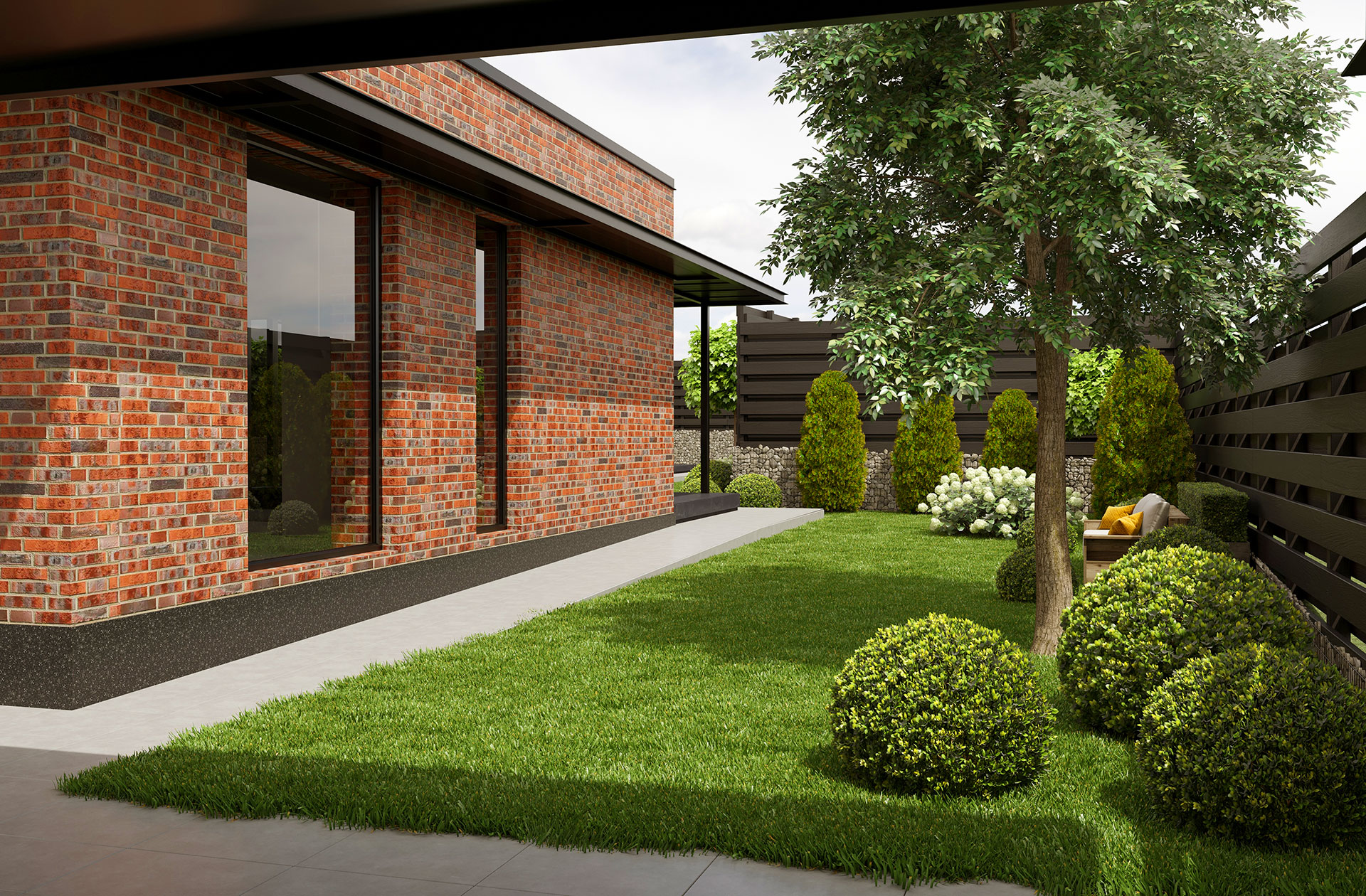Every garden starts with hope. Fresh soil, a few plants, maybe some ambition for a season full of blooms. But fast-forward a few months, and sometimes all you are left with is a patchy mess. Bare spots where nothing grew. Plants that wilted at the first sign of heat. A garden that looks tired when it should be bursting with life.
It is easy to blame the weather, the soil, or even the plants themselves. But most of the time, the garden is not lazy. It is just working with a bad plan.
Start with What The Space Is Telling You
A garden will always show you what it needs, you just have to pay attention.
Look carefully at your space:
- Which areas get the most sun, and which stay shaded?
- Where does water collect after rain, and where does it dry out quickly?
- Is the soil heavy and clay-like, or sandy and loose?
These clues tell you what will thrive and what will struggle no matter how much you water or fertilize.
Trying to force the wrong plants into the wrong place is like planting disappointment. A better plan listens first.
Plant for Rhythm, Not Just Color
It is tempting to grab the brightest blooms you can find. But gardens built only on color can end up feeling scattered.
Instead, think about rhythm. Patterns that repeat. Shapes and textures that guide the eye. A garden with rhythm feels natural but deliberate.
Use plants with different heights and forms:
- Tall grasses that sway in the breeze
- Bushy perennials that anchor the eye
- Low ground covers that soften the edges
Color comes second. Structure comes first.
Think About the Whole Year, Not Just the Highlight Reel
It is easy to focus on peak bloom time — those few weeks when everything is lush and bursting with color. But what about the rest of the year?
A better plan gives your garden interest in every season. Evergreen shrubs for winter backbone. Early bloomers like daffodils for spring excitement. Long-blooming perennials and ornamental grasses for fall movement.
With the right mix, your garden never really goes quiet. It just shifts gracefully from one season to the next.
Maintenance Matters More Than You Think
No garden thrives on good looks alone. It needs care. But it also needs the right kind of care, not the kind that takes hours every weekend just to keep it from falling apart.
Choose plants suited to your climate and soil. Group them by water needs. Mulch generously to hold moisture and block weeds.
Conclusion
A struggling garden is not stubborn or lazy. It is just asking for a little more thought. Listen to the space. Choose plants wisely. Plan for the seasons you do not always think about. Make maintenance easier, not harder.
Because a garden with a better plan does not just survive, it thrives. And it rewards you with beauty that feels effortless.



